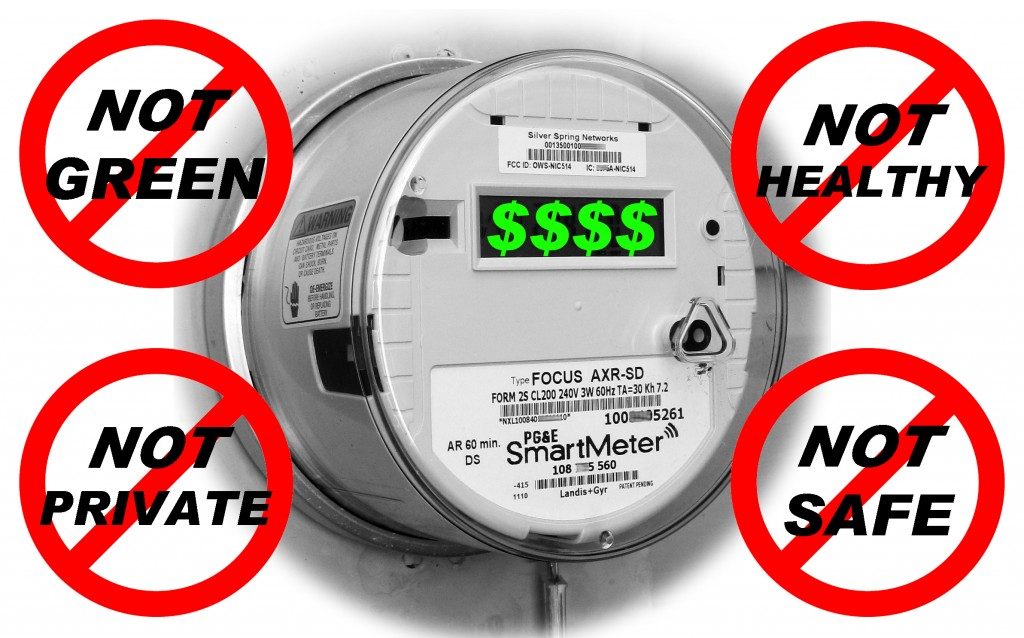Future smart homes will have roll-up TVs, a brain-wave bath
- By Rachel Tepper Paley Bloomberg
Don’t worry: Technology may come and go, but some things never
change. In the not-so-distant future, cars will drive themselves, but
home will always be home. It’ll just be a heck of a lot smarter.
Granted, some tech is better than other tech. No one needs a Wi-Fi-connected juice press that doesn’t actually juice anything (see: Juicero). Gadgets that offer real utility — like a smart oven or open-source furniture — stand a better chance of becoming ubiquitous.
If you’re skeptical, think of it this way: In-home refrigeration was the crazy, newfangled invention of 1913. Now, few among us can imagine living without it.
What will the home of the future look like? We took stock of the most exciting tech-forward home products on the market. It’s only a matter of time until at least some of these come standard in every American home.
Thirty-nine million Americans — one in six of us — now have a smart speaker in their homes, and all signs indicate this figure will only creep higher with time. In the living room of the future, smart speakers will be a central feature, with newer models connected to every element in your home, from the lightbulbs to the lock on your front door to the thermostat. They will become so essential you won’t think twice about plunking down $400 for one.
Watching TV and movies will be a wildly different experience. Why devote precious square footage in your living room to a giant screen when you could have one that effortlessly rolls up away and out of sight, like the one LG Display debuted at this year’s Consumer Electronics Show? Or you may choose not to have a TV at all and opt instead for a superhigh-resolution short-throw projector that turns any white wall into your own personal movie theater. Sony’s new $30,000 model would fit the bill, assuming the price comes down.
It will be much easier to design your living space. Apps and online platforms such as Modsy and Hutch will use virtual and augmented reality to help you visualize how a couch or chair will look in your home. You’ll have lots of options: Modular, open-source furniture will dominate interior design trends, taking the lead from Ikea’s Tom Dixon-designed Delaktig couch, which has more than 97 different configurations. Choose wisely, because you’ll be spending more time on the couch than ever: Facebook’s forthcoming living-room-geared video chat device will reportedly use smart camera technology to make people on both ends feel like they’re sitting in the same room.[It's called spying on you!]
Granted, some tech is better than other tech. No one needs a Wi-Fi-connected juice press that doesn’t actually juice anything (see: Juicero). Gadgets that offer real utility — like a smart oven or open-source furniture — stand a better chance of becoming ubiquitous.
If you’re skeptical, think of it this way: In-home refrigeration was the crazy, newfangled invention of 1913. Now, few among us can imagine living without it.
What will the home of the future look like? We took stock of the most exciting tech-forward home products on the market. It’s only a matter of time until at least some of these come standard in every American home.
Thirty-nine million Americans — one in six of us — now have a smart speaker in their homes, and all signs indicate this figure will only creep higher with time. In the living room of the future, smart speakers will be a central feature, with newer models connected to every element in your home, from the lightbulbs to the lock on your front door to the thermostat. They will become so essential you won’t think twice about plunking down $400 for one.
Watching TV and movies will be a wildly different experience. Why devote precious square footage in your living room to a giant screen when you could have one that effortlessly rolls up away and out of sight, like the one LG Display debuted at this year’s Consumer Electronics Show? Or you may choose not to have a TV at all and opt instead for a superhigh-resolution short-throw projector that turns any white wall into your own personal movie theater. Sony’s new $30,000 model would fit the bill, assuming the price comes down.
It will be much easier to design your living space. Apps and online platforms such as Modsy and Hutch will use virtual and augmented reality to help you visualize how a couch or chair will look in your home. You’ll have lots of options: Modular, open-source furniture will dominate interior design trends, taking the lead from Ikea’s Tom Dixon-designed Delaktig couch, which has more than 97 different configurations. Choose wisely, because you’ll be spending more time on the couch than ever: Facebook’s forthcoming living-room-geared video chat device will reportedly use smart camera technology to make people on both ends feel like they’re sitting in the same room.[It's called spying on you!]






























